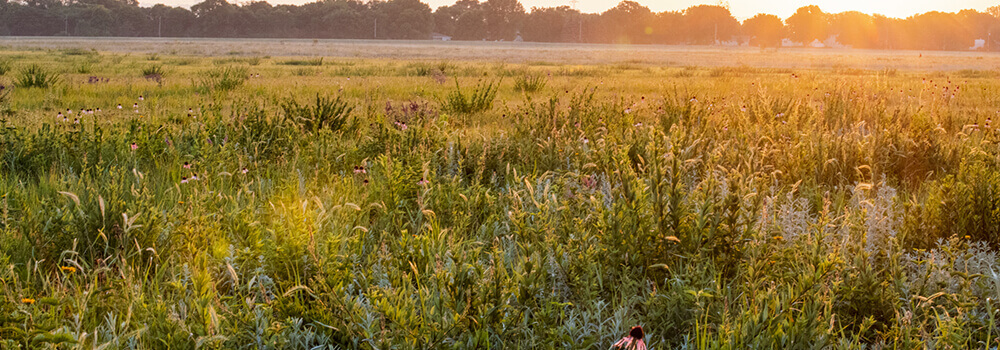The SMSC has been restoring ṫíŋta (prairies) for over 20 years. Prairies were once widespread throughout Scott County and along the Minnesota River—areas the Dakota people have been stewarding for centuries. The SMSC is committed to being a good steward of the earth and has invested significant resources into ecological restoration, conservation, and sustainability.

The first SMSC prairie reconstruction was completed in 1999. To date, the SMSC has restored over 1,000 acres of prairie and continues to reconstruct acres of prairie every year.
Dakota people have long relied on prairies to provide life-sustaining food, medicines, and habitat for wildlife. Today, prairies provide many contemporary ecological benefits like ensuring that populations have clean water by helping to recharge and filter ground water, reduce soil erosion, and moderate flooding by slowing runoff. Prairie plants have extensive root systems that have the ability to store large amounts of carbon, serving as an even more reliable and resilient carbon sink than forests because they are less impacted by drought and wildfire.

The SMSC continues to prioritize ecological and cultural restoration work that revitalizes traditional subsistence and cultural practices like foraging, harvesting, and gathering of wato (plants) for food, materials, and shelter. The Natural Resources Department monitors plant populations to better understand the state and progress of their prairie reconstructions. This also allows staff to share their plant findings with those interested.
To get a detailed report of their prairie monitoring contact our Natural Resources Department at naturalresources@shakopeedakota.org.
